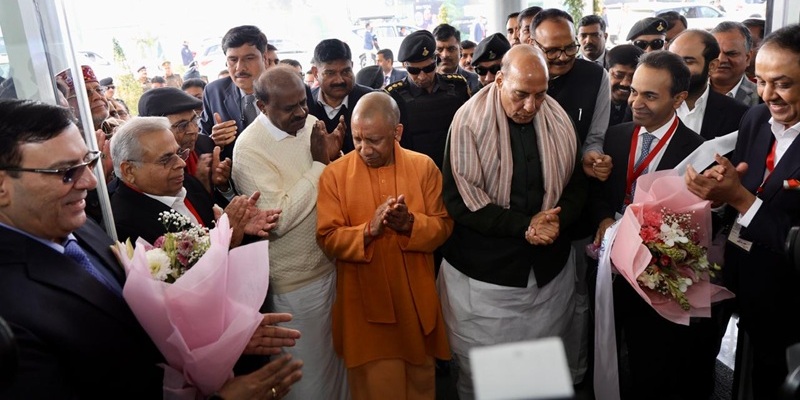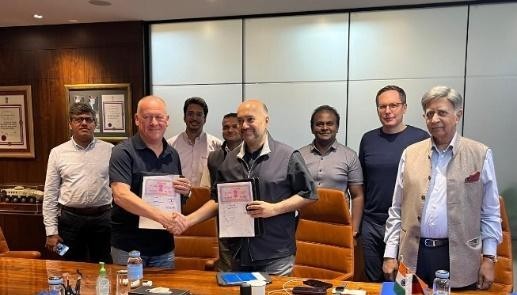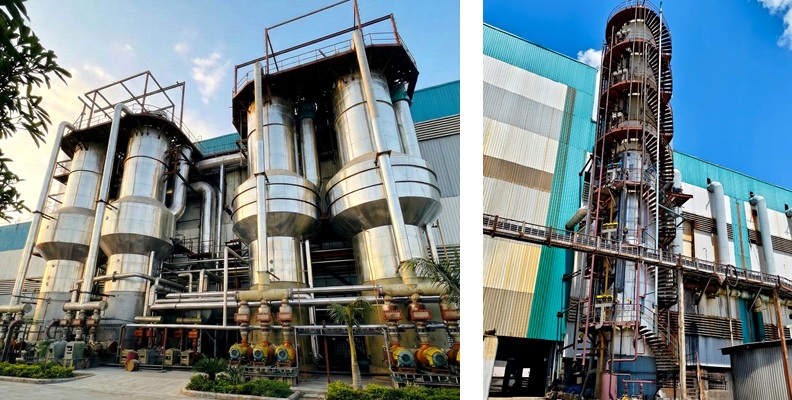Schedule a Call Back
The power of hydraulics
 Technical Articles
Technical Articles- Nov 01,17
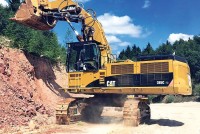
Related Stories

Aimtron enters railway signalling with focus on safety-critical electronics
Aimtron Electronics has expanded into railway signalling electronics, leveraging its regulated manufacturing expertise to support safety-critical rail and metro infrastructure in India.
Read more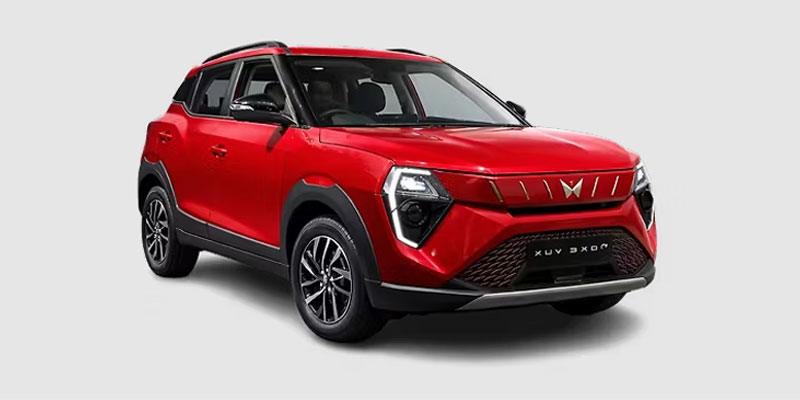
Mahindra Launches XUV 3XO EV With New Electric Powertrain
Electric SUV debuts with 39.4 kWh battery from Rs 1.39 million
Read more
Positioning PVNA Group as a global clean mobility partner: Viveka Bhandari
The aim is to position the PVNA Group as a trusted global partner for advanced mechatronic and clean mobility solutions
Read moreRelated Products
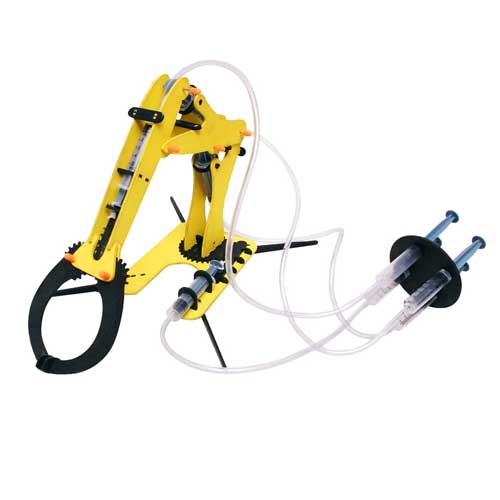
Concept-hydro Gripping Systems
- The advent of CONCEPT-hydro gripping system opens new ways in mastering the most difficult situation with uncompromising thoroughness. Sophisticated technology, perfect const Read more
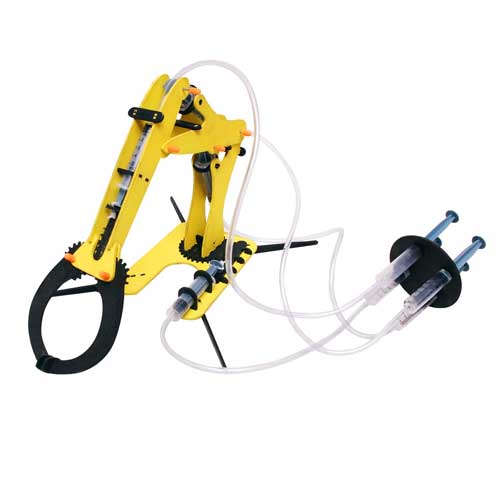
Concept-hydro Gripping Systems
- The advent of CONCEPT-hydro gripping system opens new ways in mastering the most difficult situation with uncompromising thoroughness. Sophisticated technology, perfect const Read more
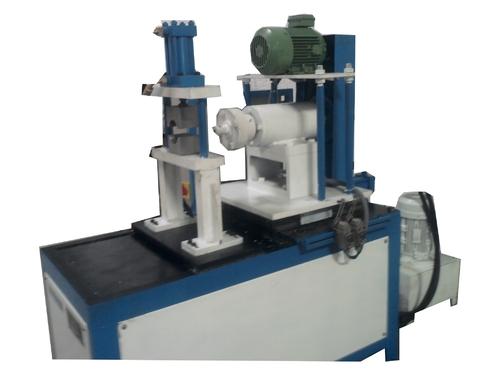
Chamfering Machine - Hydraulic
Vedant Engineering Services engages to
provide a wide range of hydraulic chamfering machine.





